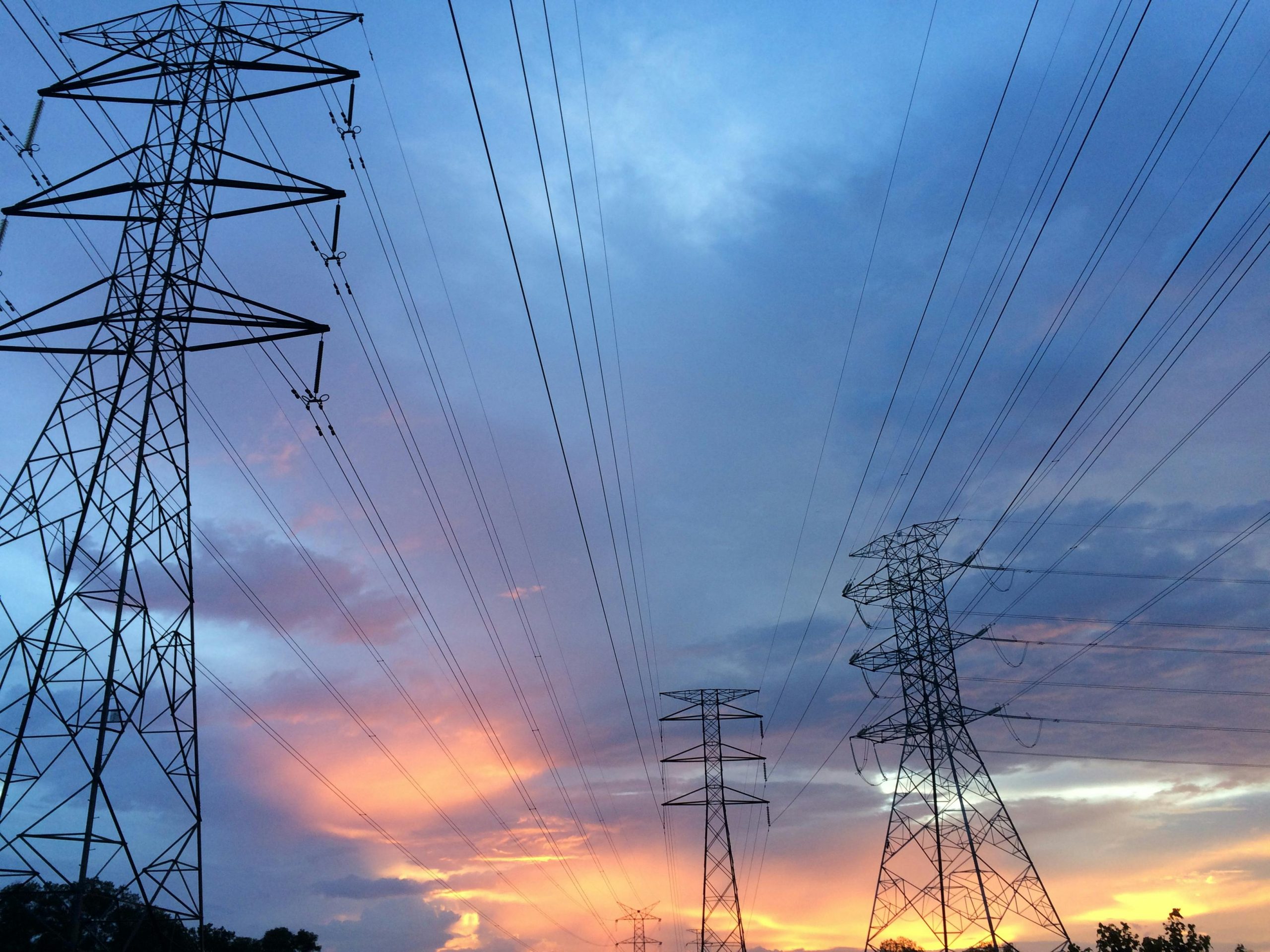Understanding N-1 Calculations: The key to grid resilience
13 February 2025

Introduction
The growing integration of distributed energy resources (DERs) and new types of loads into the power distribution grid is turning the energy system into a highly interconnected and complex network. This increasing complexity underscores the critical need for supply security. One indispensable tool for ensuring grid stability is the N-1 contingency analysis. However, as the grid evolves, traditional methods of performing N-1 analysis must adapt to keep pace with these changes.
In this post, we’ll explore what N-1 calculations are, why they matter, the challenges distribution system operators (DSOs) face in implementing them, and how advanced automated solutions can revolutionize the process to enhance grid reliability.
What is the N-1 Calculation?
At its core, the N-1 criterion is a standard used to evaluate the resilience of an electrical grid. It ensures that the system can continue to function normally even if one critical component — such as a transformer, transmission line, or generator — fails unexpectedly. This calculation is vital in multiple areas:
- Infrastructure Planning: Designing grids with redundancy and backup pathways built in.
- Daily Operations: Monitoring the grid in real-time to assess its capacity to handle potential disruptions.
- Emergency Preparedness: Preparing for outages caused by equipment failure, extreme weather, or even cyberattacks.
By analyzing the grid’s ability to withstand single points of failure, utilities can proactively prevent cascading blackouts, which could otherwise destabilize entire regions.
Why N-1 Calculations Matter
The global energy transition poses one of the most significant challenges for modern grid operations. With millions of new, interconnected components being added to the system — such as renewable energy sources, electric vehicles, and smart devices — ensuring reliability has never been more complex.
Cybersecurity also plays a critical role in grid operations. The focus has shifted from prevention to proactive detection, rapid response, and efficient restoration, as attacks on infrastructure are increasingly considered inevitable. In this context, N-1 calculations are a cornerstone of grid security and resilience. They enable the grid to:
- Adapt to Unexpected Failures: From extreme weather events to technical malfunctions, the grid must quickly adjust to disruptions.
- Prevent Cascading Failures: Single failures can overload neighboring components, leading to widespread outages. N-1 ensures alternate pathways for power flow.
- Optimize Investments: Identifying weak points helps prioritize infrastructure upgrades, ensuring more effective use of resources.

Challenges of Practical Implementation of N-1 in Distribution Grids
The application and outcomes of the N-1 criterion vary significantly between radial and meshed distribution grids due to their structural differences.
Radial grids have a tree-like structure, where power flows in a single path from the substation to the end-users. Each node or consumer is typically connected to one upstream source. In a radial grid, the loss of a critical component, such as a transformer, feeder, or line, often results in power outages for all downstream customers. This is because there are no alternate paths for electricity to flow. Therefore, redundancy to meet N-1 requirements requires additional infrastructure, such as backup feeders, transformers, or connections to form an alternative way of supply in case of a failure. Restoration after a failure is often manual, requiring switching operations or deploying backup generators.
In a meshed grid, each node is connected to multiple other nodes. This creates a ring network structure that allows multiple options for power flow. This design ensures redundancy and flexibility, allowing electricity to flow along alternate routes if a component or line fails. The meshed configuration inherently provides redundancy, so the loss of a single component typically doesn’t result in widespread outages. N-1 analysis, also called contingency analysis in case of meshed networks, in meshed grids focuses on ensuring that remaining components can handle the redistributed load without becoming overloaded or without causing voltage instability.
In distribution grids, the meshed network structure is often applied in high-voltage networks, while the radial structure is more common in medium-voltage and low-voltage networks.
As medium and low voltage grids expand, the number of potential failure points and switching configurations grows substantially, making it impossible to manually evaluate all of them for N-1 security. Furthermore, identifying suitable switching options often involves taking adjacent grids into account, which are typically not included in the current grid models and must be incorporated separately.
The “fit-and-forget” strategy is becoming outdated as the complexity of modern grids increases alongside growing electrification. Today’s grids must accommodate not just conventional loads but also variable inputs from weather-dependent renewable energy sources, charges for electrical vehicles and heat pumps. Additionally, the increasing PV generation systems has introduced more frequent reverse power flows, creating new and unfamiliar challenges for grid operations.
With these evolving dynamics, relying on occasional N-1 contingency checks for only parts of the grid can leave significant vulnerabilities undetected. To ensure reliability, N-1 contingency analysis should be performed consistently across the entire grid, especially after any major network changes, such as the addition of new loads, generation systems, changes in switching configurations, or the deployment of voltage control mechanisms.
The Value of Data-Driven Automated N-1 Calculations
Currently, grid operators utilize contingency analysis tools that provide some degree of automation for simulating and assessing various failure scenarios. For example, grid planners can manually identify specific failure points of interest and then use automated systems to verify whether these points meet N-1 security standards. Performing N-1 calculations manually for a large and dynamic distribution grid is challenging. This is where digital software solutions come into play. Advanced tools that automate N-1 calculations can provide several benefits for distribution companies. Software can assess every component of the grid — from substations to distribution lines — and simulate countless failure scenarios even at the low voltage level. This advanced level of automation greatly minimizes the manual effort required from grid planners, streamlining, and speeding up the entire N-1 contingency analysis process and gives utilities a clear picture of their system’s strengths and vulnerabilities. Additionally, regulatory bodies often require utilities to meet N-1 standards. Automated tools simplify compliance reporting, saving time and resources.
Conclusion
The N-1 criterion is more than a technical requirement; it’s a philosophy of preparedness that ensures the grid can withstand whatever challenges come its way. By leveraging advanced software to automate N-1 calculations across the entire grid, distribution companies can enhance reliability, optimize operations, and deliver greater value to their customers.
If you’re a utility provider looking to strengthen your grid, now is the time to invest in tools that make N-1 calculations seamless, scalable, and actionable. The power of resilience is just a calculation away.